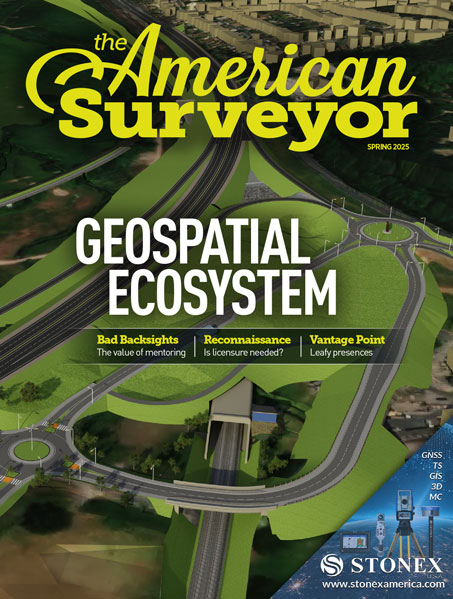Purchase launches next-generation flight plan to elevate LiDAR business
(Norcross, Ga., 17 Sept 2008) Airborne Imaging’s “pulse rates” just became a whole lot higher thanks to Leica Geosystems’ advanced ALS50-II Light Detection and Ranging (LiDAR) system. A leading provider of LiDAR imagery for Western Canada, Airborne Imaging purchased Leica Geosystems’ airborne ALS50-II to help launch a next-generation flight plan designed to elevate its LiDAR business. With the ALS50-II’s Multiple Pulse in the Air (MPiA) capabilities, Airborne Imaging now has a powerful data-pulse punch to augment its LiDAR offerings and expand its range of remote sensing possibilities.
A leap in LiDAR
With the Leica ALS50-II, which allows users to capture data at pulse rates up to 150kHz at an accuracy of 11 cm, Airborne Imaging can capitalize on the three “highs” of the advanced system – high accuracy, high-density data and high-altitude performance – to acquire more data-rich surveys for less acquisition cost. For a company that typically funds its own airborne LiDAR surveys, efficient data collection and flight flexibility are two key features of the new Leica LiDAR system, said Owen Stephenson, General Manager of Airborne Imaging, based in Calgary, Alberta.
“Leica’s ALS50-II offers a significant leap in technology over what is available on the market,” said Stephenson. “The ALS50-II’s MPiA capabilities allow us to send out more pulses per second so we can collect more data per square kilometer. That enables us to both fly higher and cover more area, achieving the same point densities for less fuel cost or we can fly over a smaller area and increase our sampling density for the same fuel costs. Coupled with Leica’s presence worldwide, enabling it to provide nearly 24-hour technical support, we believe the ALS50-II will help us improve our product offering without increasing our acquisition expenditures.”
Range of possibilities
The new system capabilities will also provide a powerful technological package to help Airborne Imaging expand its LiDAR business not only beyond its traditional Western Canada borders but also beyond its traditional client base, said Stephenson.
“Our ability to collect higher point densities will open the door to provide advanced remote sensing services to a wider client base such as the forestry industry, who require very dense sampling of vegetated areas,” he said. “And we now have the technological solution and support system to look for global opportunities.”
According to Shawn Slade, Airborne Imaging and LiDAR Sales for Western U.S. & Western Canada with Leica Geosystems, the benefits of the ALS50-II were designed to transfer globally in order to support aerial mapping projects around the world.
“The applications for LiDAR imagery are rapidly expanding,” said Slade. “Whether projects require very high point densities or lower point densities from higher altitudes, the compact, ALS50-II has the flexibility and the system metrics to enable Airborne Imaging to deliver the parameters required. We are confident the system will help take Airborne Imaging to new LiDAR heights.”
Leica Geosystems – when it has to be right
With close to 200 years of pioneering solutions to measure the world, Leica Geosystems products and services are trusted by professionals worldwide to help them capture, analyze, and present spatial information. Leica Geosystems is best known for its broad array of products that capture accurately, model quickly, analyze easily, and visualize and present spatial information. Those who use Leica Geosystems products every day trust them for their dependability, the value they deliver, and the superior customer support. Based in Heerbrugg, Switzerland, Leica Geosystems is a global company with tens of thousands of customers supported by more than 3’500 employees in 28 countries and hundreds of partners located in more than 120 countries around the world. Leica Geosystems is part of the Hexagon Group, Sweden.
